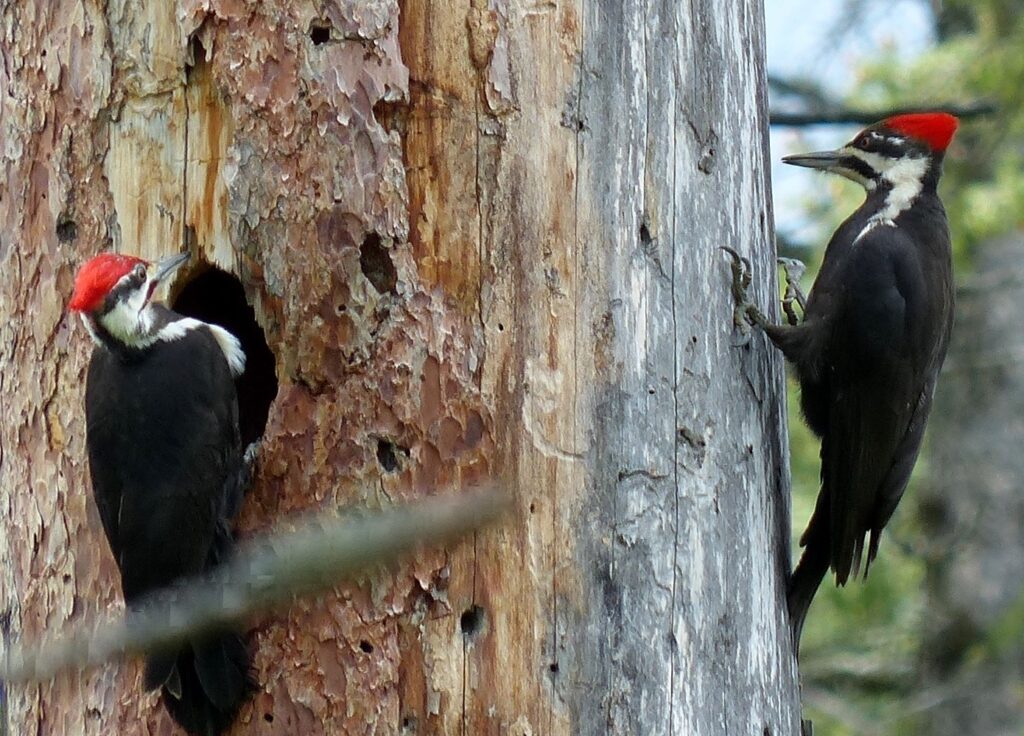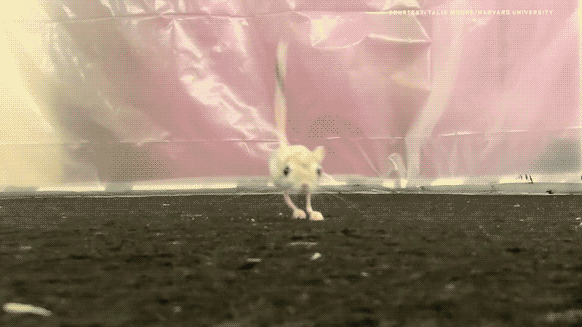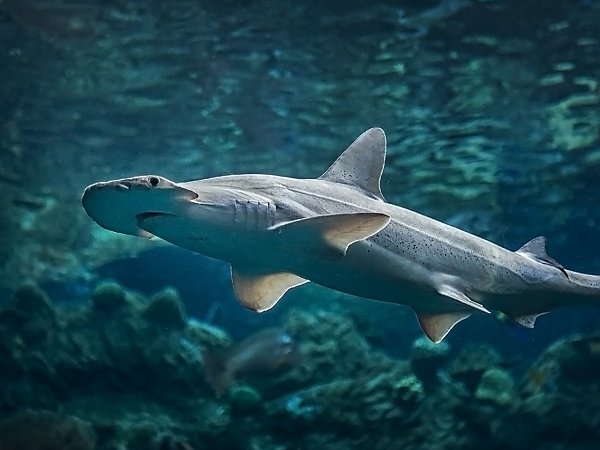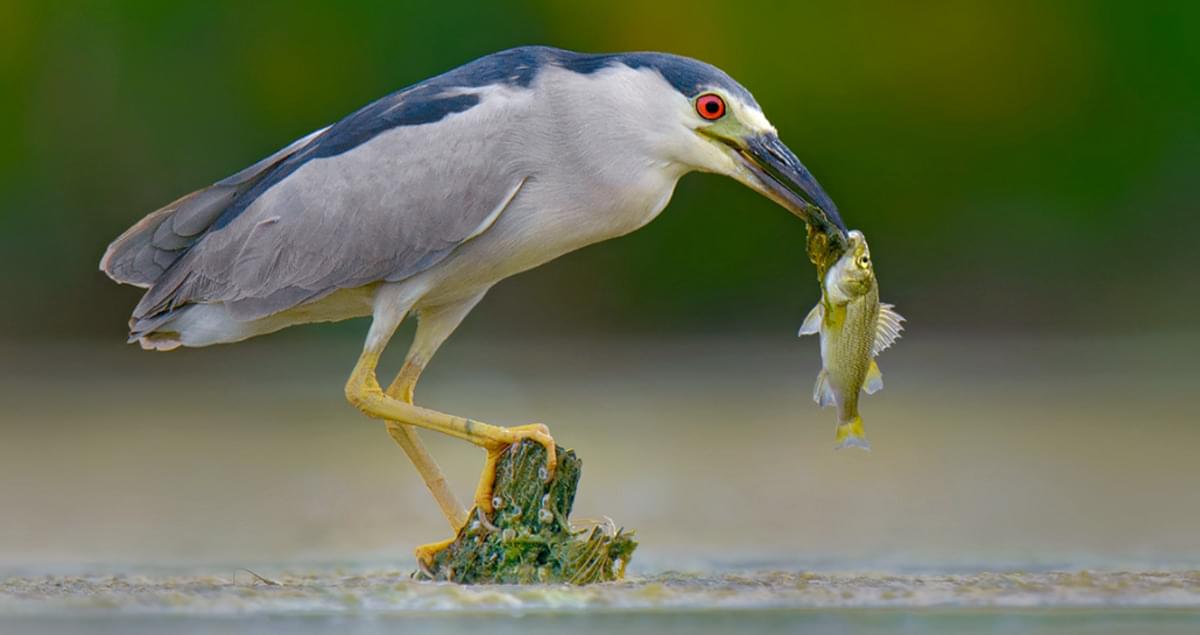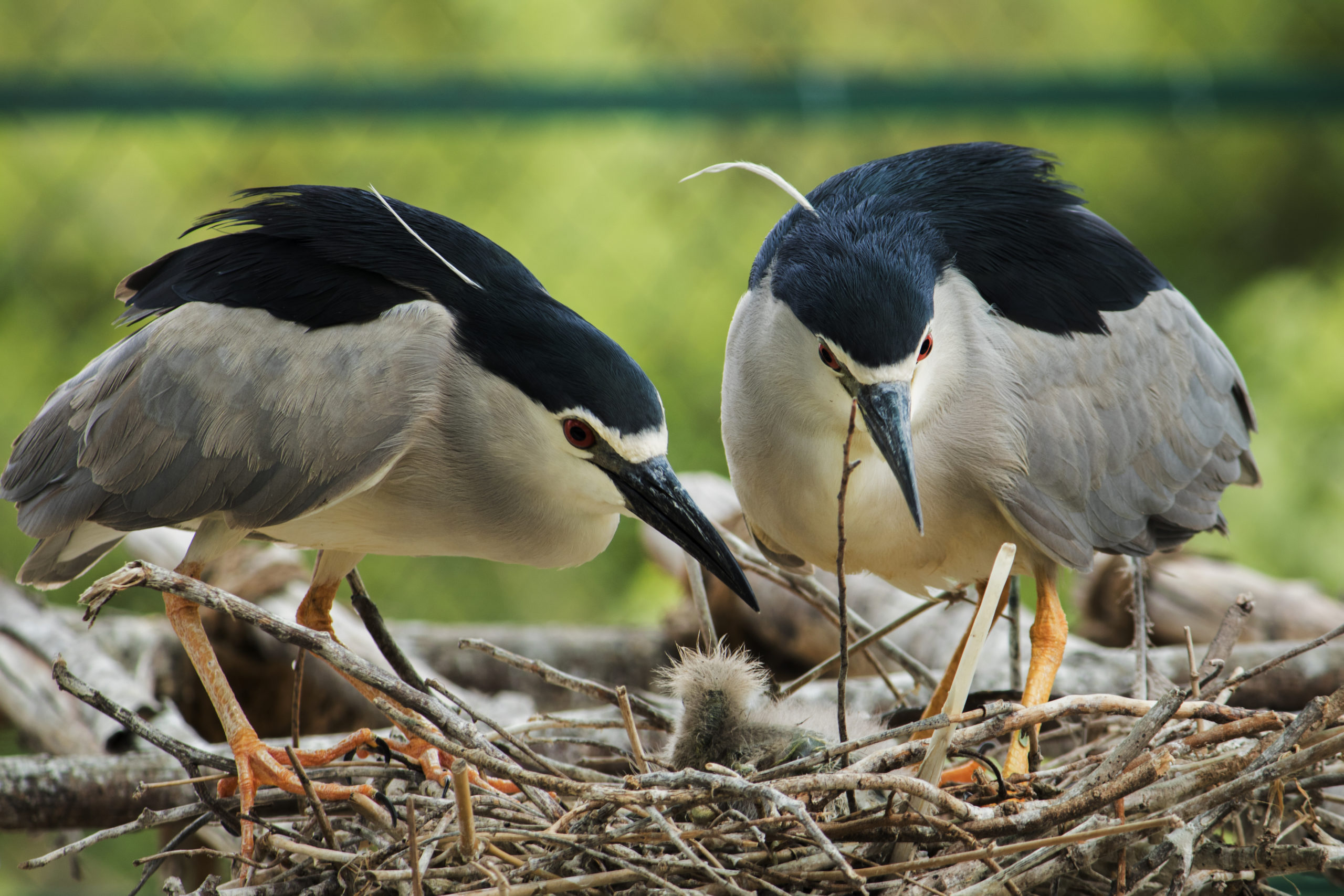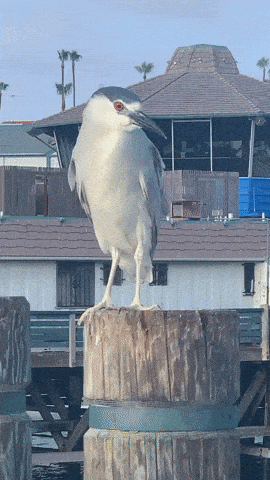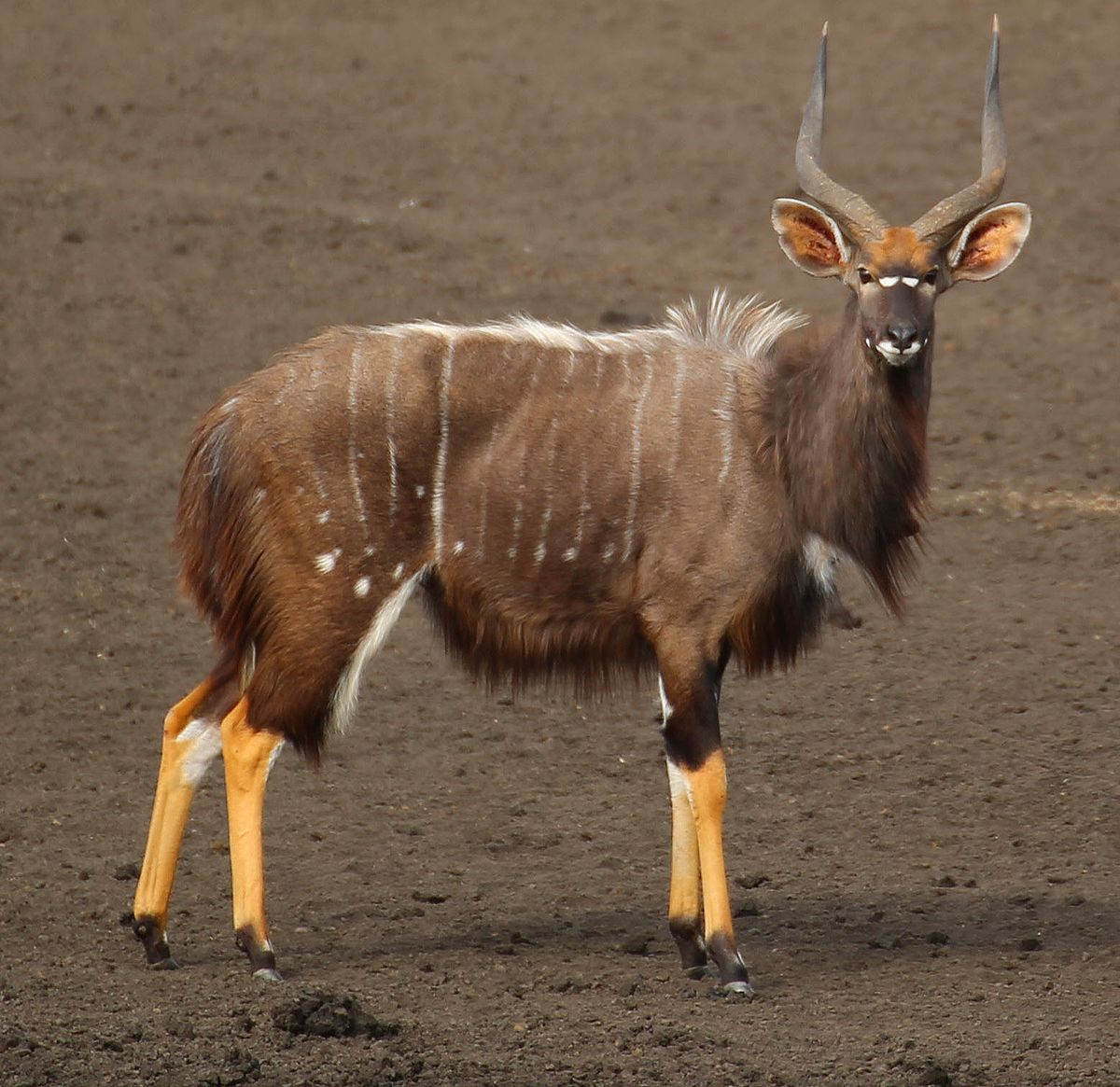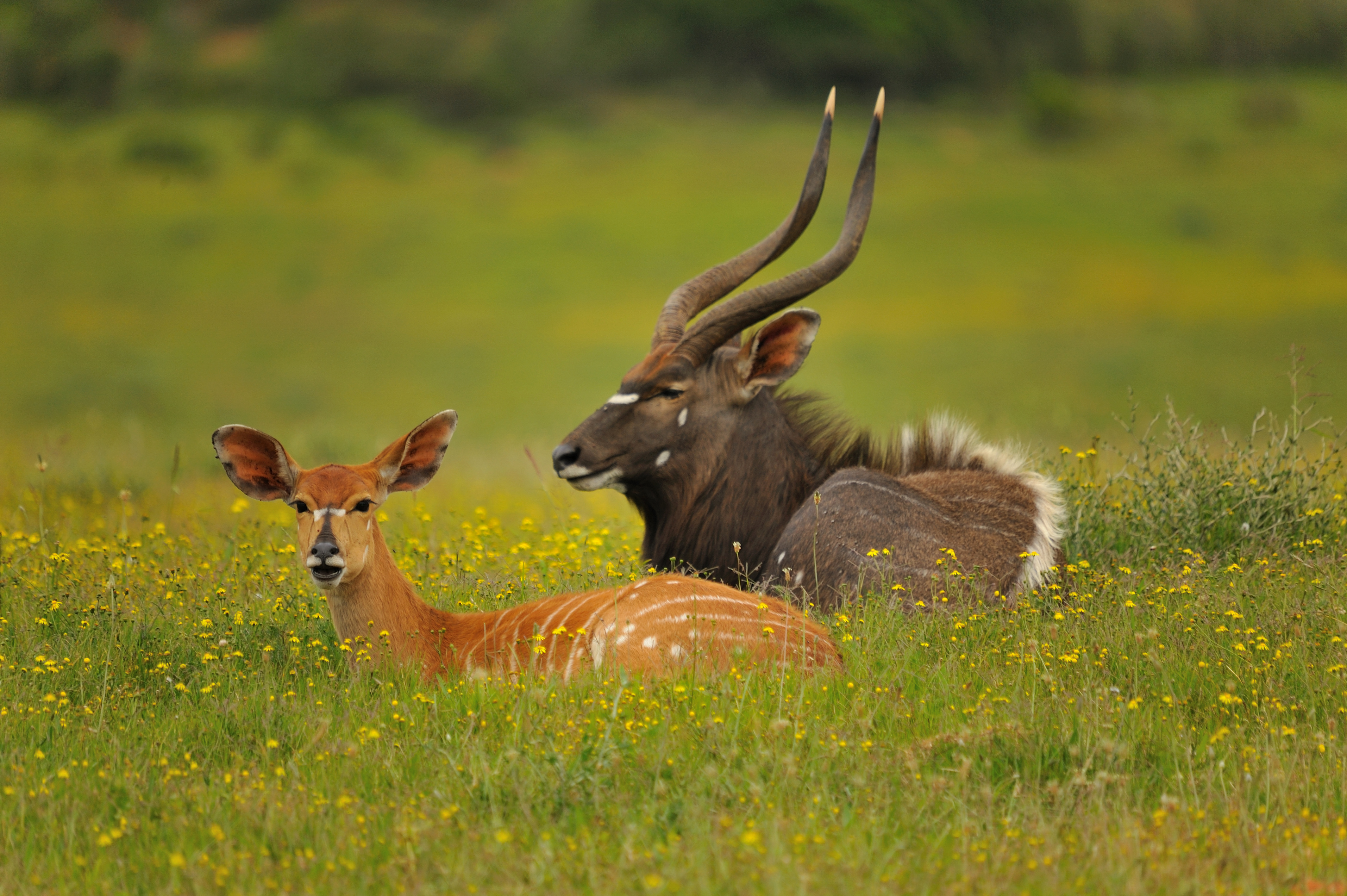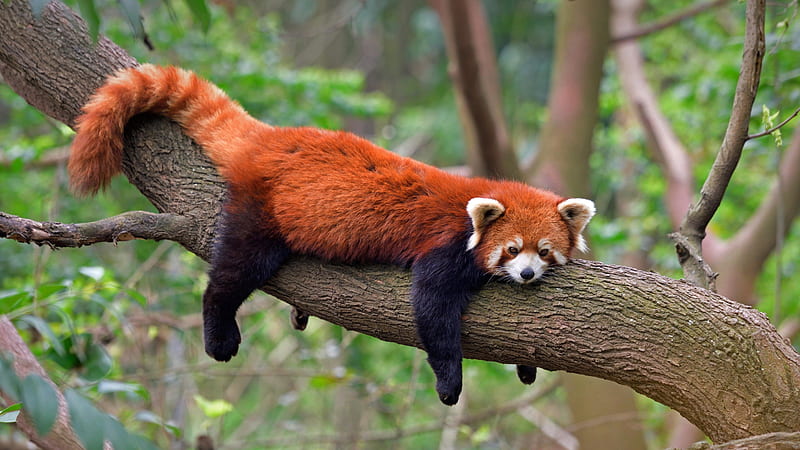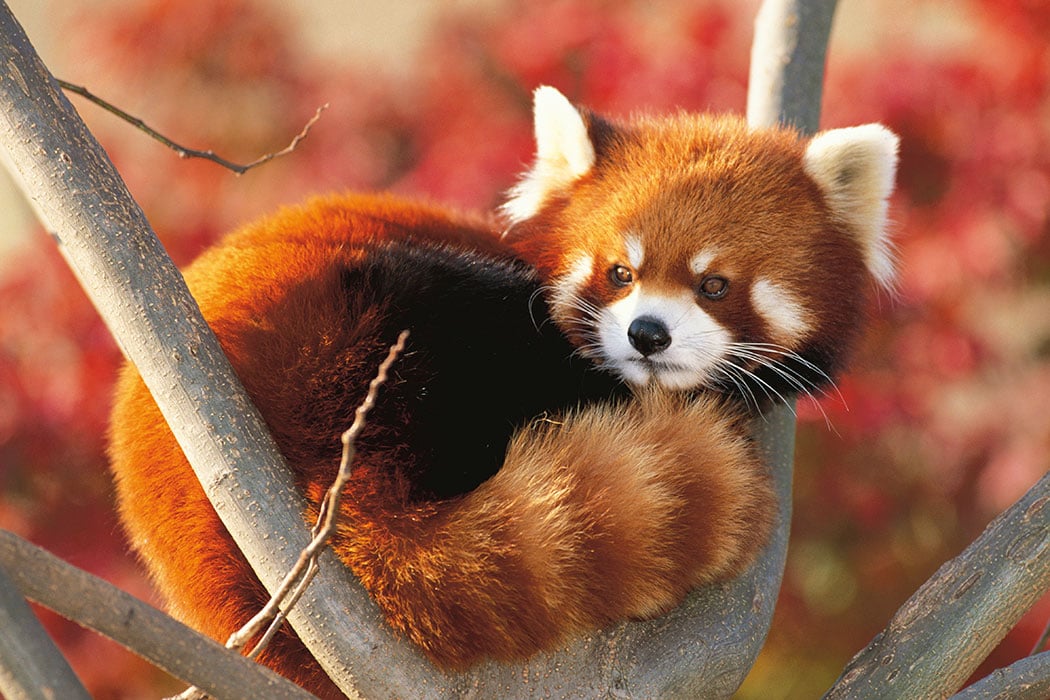
The moray eel is a formidable predator.
Its long, serpentine body allows it to hide reef crevices and ambush prey. Its body is coated in a film of mucus which protects the skin from the rocky and abrasive coral.
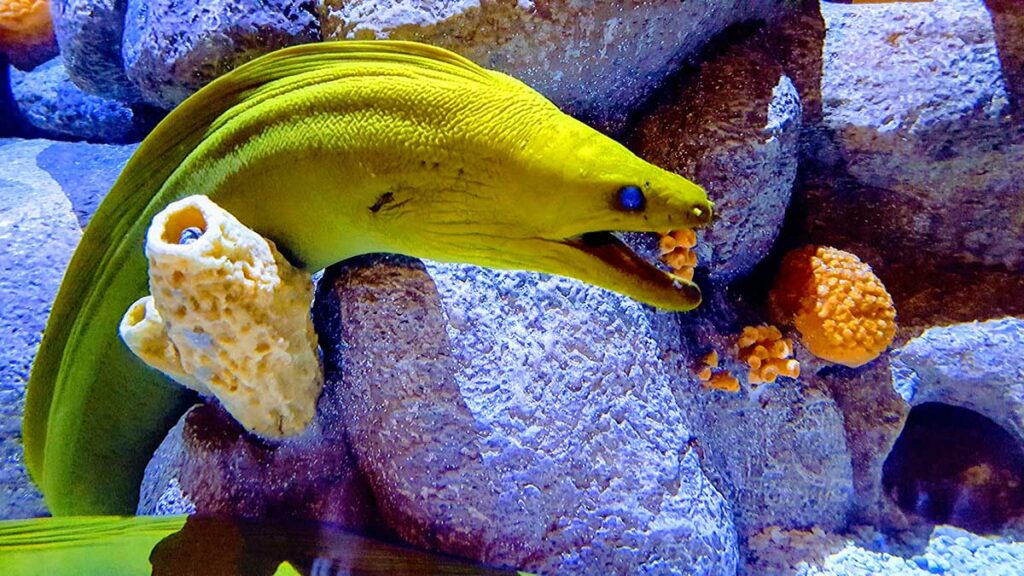
The moray eel can grow over 7 feet long and reach a weight of about 65 pounds. It feeds on unsuspecting fish, crabs, and squid.
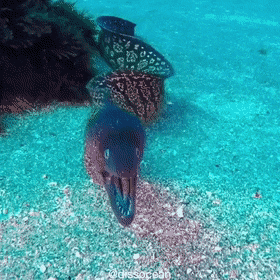
The moray eel has a unique way of consuming prey. Its sharp teeth are clearly visible and designed to sink into its victim, making escape impossible. But the eel has a second set of jaws hidden in its throat that actually pulls the prey into its esophagus.





